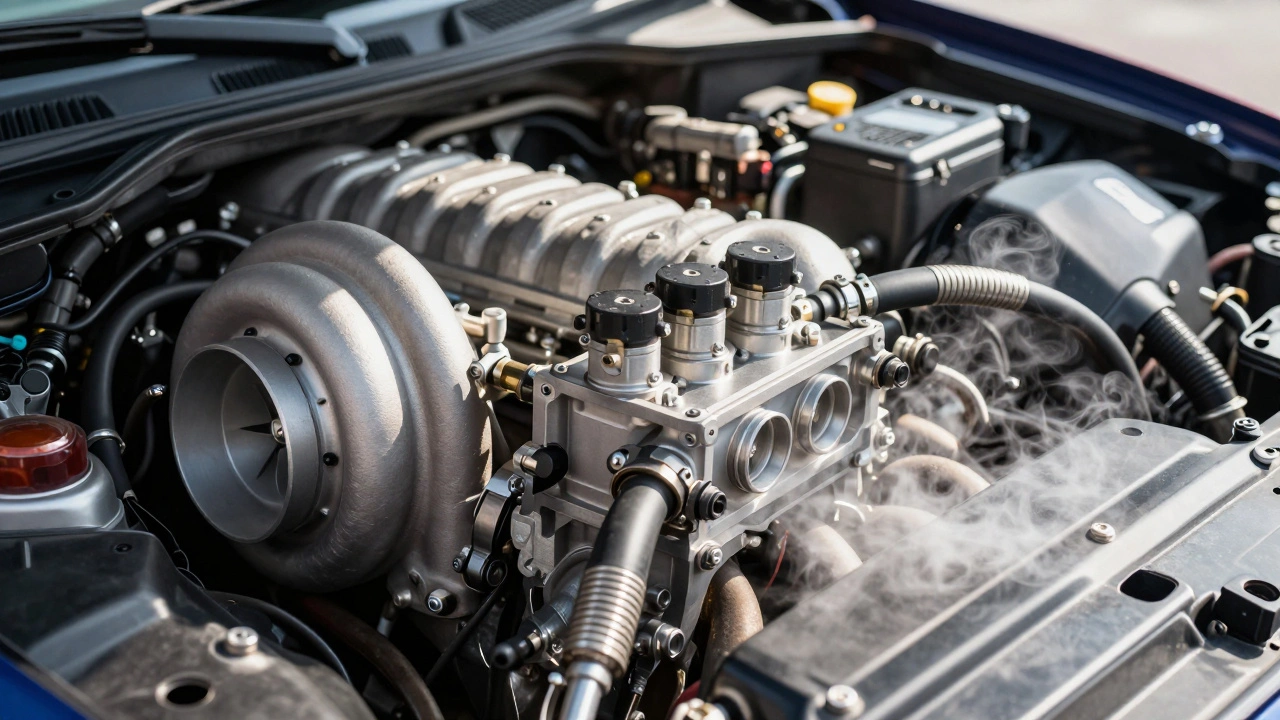Driver Compliance: What It Means and Why It Matters for Every Road User
When we talk about driver compliance, the consistent adherence to traffic laws, safety standards, and vehicle operation best practices. Also known as roadway responsibility, it's not just about avoiding tickets—it's about preventing crashes before they happen. It’s the quiet, everyday choice to buckle up, put the phone down, and stay awake behind the wheel. No matter how advanced your car’s safety systems are, they can’t fix bad habits. Driver compliance is the foundation every other safety feature builds on.
Modern cars now come with driver monitoring, systems that use cameras and sensors to track a driver’s attention, head position, and eye movement to catch signs of fatigue or distraction. These aren’t gimmicks—they’re lifesavers. A study by the NHTSA found that drowsy driving contributes to over 100,000 crashes every year in the U.S. alone. That’s why systems like drowsiness detection, a key feature in driver monitoring that alerts drivers when they show signs of fatigue are becoming standard. But here’s the truth: these systems only work if you don’t ignore them. If you’re tired, the alert isn’t a suggestion—it’s a warning you need to act on.
Driver compliance also ties directly to how you maintain your vehicle. A worn-out brake pad, a faulty headlight, or an overloaded truck bed doesn’t just break down—it puts everyone at risk. That’s why posts on vehicle safety systems, the suite of technologies designed to prevent accidents and protect occupants often link back to simple, human actions: checking your tires, replacing worn parts, and not ignoring warning lights. It’s not about having the fanciest car. It’s about knowing your limits and respecting the machine you’re driving.
Whether you’re riding a motorcycle on a long trip, test-driving an electric vehicle, or hauling gear in a pickup, driver compliance shapes every decision you make on the road. It’s why a packing list for a road trip includes more than snacks and clothes—it includes tools, insurance info, and a plan for rest stops. It’s why knowing your truck’s real payload capacity matters more than the number on the sticker. And it’s why checking for recalls isn’t optional—it’s part of being a responsible driver.
You’ll find real-world examples here: how driver monitoring helps new drivers stay alert, why motorcycle riders need better armor to stay compliant with safety standards, and how EVs change the way we think about focus and control behind the wheel. These aren’t theoretical ideas—they’re habits, tools, and choices that keep people alive. The posts below show you exactly how to make driver compliance part of your routine—not as a chore, but as a habit that saves lives.

Driver Onboarding and Qualification File Management for Fleet Operations
- 13 Comments
- Oct, 9 2025
Proper driver onboarding and qualification file management ensures legal compliance, reduces risk, and improves driver retention. Learn the required documents, common mistakes, and how digital tools simplify the process.




